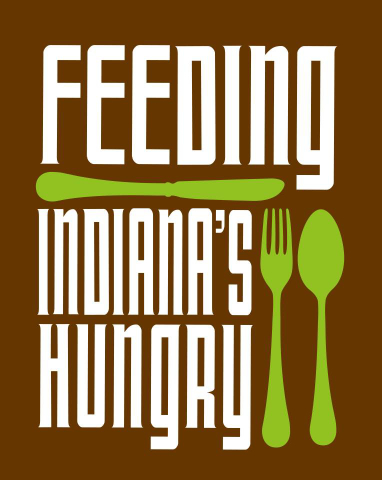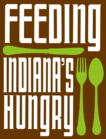A new report finds that participation in the Summer Nutrition Programs increased in Indiana, with almost 76,000 low-income children receiving summer meals on an average day in July 2013. This was a significant increase of twenty-three percent from the previous July. The new data noted that summer meals reached 18 students for every 100 low-income children who got regular school year school meals in the 2012-2013 school year, better than the national rate.

The report, Hunger Doesn’t Take a Vacation, is released annually by the Food Research and Action Center (FRAC). It measures the success of Summer Nutrition Programs at the national and state levels by comparing the number of children receiving summer meals to the number of low-income children receiving school lunch during the regular school year.
The FRAC report finds that summer meal participation nationally reached nearly three million students on an average day in July of 2013, up 161,000 children or 5.7 percent from July 2012. This represents the first considerable increase in participation in a decade, providing welcome momentum for the Summer Nutrition Programs.
“When the school year ends, millions of low-income children lose access to school meals, including about 348,000 Hoosier students. It is in our best interest to ensure that such children have adequate nutrition during the summer so they stay healthy, active and return to school in the fall ready to learn,” said Emily Weikert Bryant of Feeding Indiana’s Hungry.
While participation increased in Indiana and nationally, there is still room for improvement. Low participation means missed meals for children and missed dollars for the state. If Indiana were to reach 40 children with summer food for every 100 low-income children who get school lunch during the regular school year, an additional 94,000 low-income Hoosier children would have been fed every day in July 2013 and the Summer Nutrition Programs would have provided $7 million more federal dollars to do so.
It’s not too late to make a difference this summer. State and community leaders can follow the lead of the U.S. Department of Agriculture, which has launched an aggressive campaign to increase participation. USDA’s Summer Food Service Program Week (June 2 to 6, 2014) is this week, and aims to raise awareness of the program.
“The national increase in summer food participation is good news, but Congress will need to fix some of the underlying barriers in the 2015 Child Nutrition Reauthorization to truly repair the Summer Nutrition Programs,” said FRAC President Jim Weill. “Congress needs to act to strengthen the programs so they are able to reach more low-income children, and help the program more effectively address hunger and meet increased need.”
The Summer Nutrition Programs, which include the Summer Food Service Program and the National School Lunch Program, should be filling the food gap for the thousands of low-income Hoosier children who rely on school breakfast and lunch during the school year to help keep hunger at bay. These programs provide free meals at participating summer sites at schools, parks, other public agencies, and nonprofits for children under 18.
Hoosier families can find nearby summer meal sites at the Indiana Department of Education’s website here: http://scnweb.doe.state.in.us/external_forms/2014_SFSP_Feeding_Sites_All_Indiana.pdfor by calling 2-1-1. New this year from USDA is “SummerFoodRocks,” a free web-based application that features a site locator and search tool, and works on devices such as iPads, iPhones, Blackberrys, and Androids. Visit www.fns.usda.gov/summerfoodrocks to locate nearby summer meal site near you. This app is available nationwide.
About the report:
Data for Indiana come from the 2014 version of the annual report released by the Food Research and Action Center (FRAC), the lead advocacy organization working to end hunger in America through stronger public policies. The FRAC report, Hunger Doesn’t Take A Vacation, gives data for all states and looks at national and state trends. FRAC measures national summer participation during the month of July, when typically all children are out of school throughout the month and lose access to regular school year meals. The report is available online at www.frac.org.



